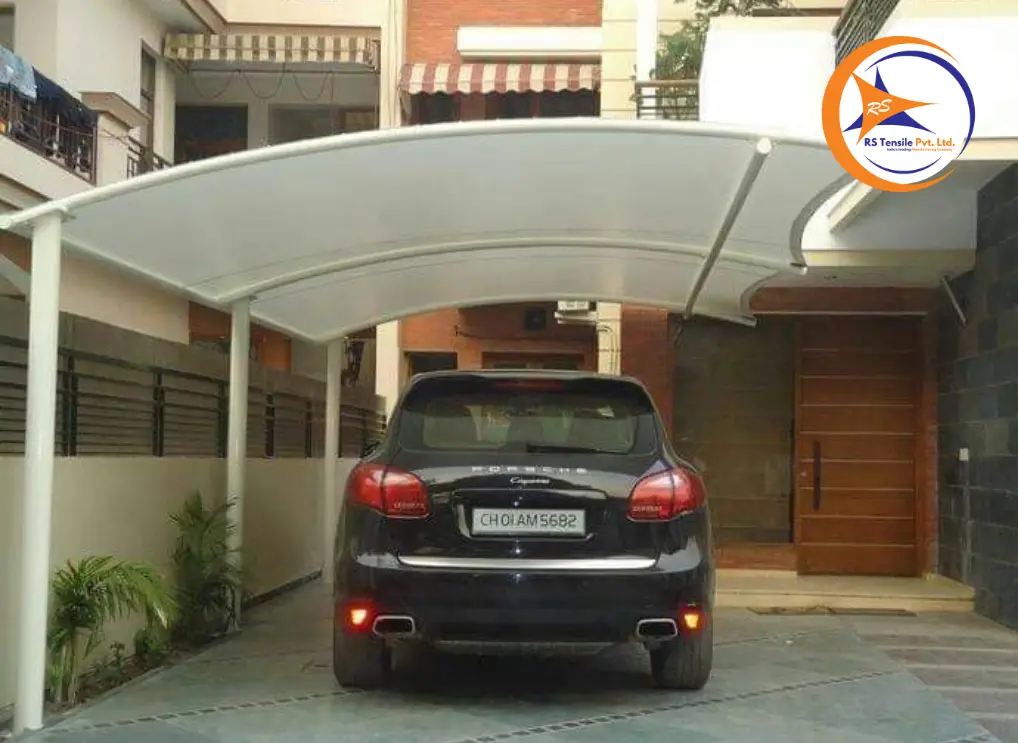Tensile Membrane Structure Materials
- Blog
- Tensile Membrane Structure Materials
Tensile Membrane Structure Materials - Types and Selection Guide
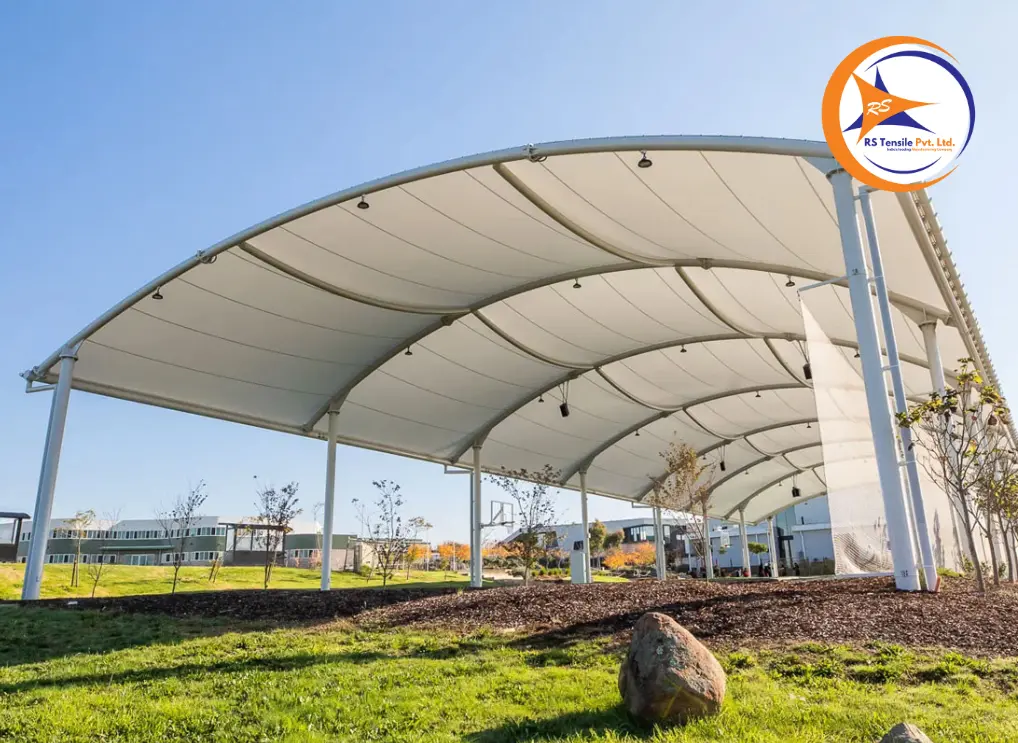
The success of any tensile structure project heavily depends on the selection of appropriate membrane materials. At Shiwa Tensile, we understand that choosing the right material is crucial for achieving both aesthetic appeal and structural integrity. This comprehensive guide explores the various tensile membrane materials available in the market, their properties, and how to select the most suitable option for your specific project requirements.
Understanding Tensile Membrane Materials
Tensile membrane materials are specialized fabrics engineered to withstand tension and environmental stresses while maintaining their shape and functionality. These materials are characterized by their high strength-to-weight ratio, durability, and flexibility, making them ideal for creating lightweight yet robust structures that span large distances without intermediate supports.
The selection of membrane material is influenced by several factors including the intended application, environmental conditions, aesthetic requirements, and budget constraints. Let's explore the most commonly used materials in tensile architecture today.
PVC-Coated Polyester
PVC-coated polyester is one of the most widely used materials for tensile structures, particularly for temporary and semi-permanent applications. This material consists of a polyester base fabric coated with polyvinyl chloride (PVC) on both sides.
Properties and Characteristics:
- Cost-Effectiveness - PVC-coated polyester offers an excellent balance between performance and cost, making it suitable for projects with budget constraints.
- Flexibility - The material is highly flexible, allowing for the creation of complex shapes and forms.
- Color Options - Available in a wide range of colors, providing design versatility.
- Lifespan - Typically lasts 10-15 years with proper maintenance.
- Fire Resistance - Can be treated to meet various fire safety standards.
Applications:
PVC-coated polyester is commonly used for car parking structures, canopies, temporary event structures, and sports facilities. Its versatility and affordability make it a popular choice for both commercial and residential projects.
PTFE-Coated Fiberglass
PTFE (Polytetrafluoroethylene) coated fiberglass represents the premium segment of tensile membrane materials. This material consists of a fiberglass base fabric coated with PTFE, resulting in a highly durable and long-lasting membrane.
Properties and Characteristics:
- Exceptional Durability - PTFE-coated fiberglass can last 25-30 years or more, making it ideal for permanent structures.
- Self-Cleaning Properties - The non-stick surface of PTFE allows dirt to be washed away by rain, reducing maintenance requirements.
- Fire Resistance - Inherently non-combustible and meets the most stringent fire safety standards.
- UV Resistance - Highly resistant to UV degradation, maintaining its properties over time.
- Translucency - Allows natural light to penetrate while providing shade, reducing the need for artificial lighting.
Applications:
Due to its premium properties, PTFE-coated fiberglass is used for high-profile projects such as stadiums, airports, transportation hubs, and iconic architectural landmarks. Its longevity and low maintenance requirements make it a cost-effective choice for permanent installations despite the higher initial investment.
ETFE (Ethylene Tetrafluoroethylene)
ETFE is a cutting-edge material in the world of tensile architecture. Unlike woven fabrics, ETFE is a polymer resin that can be extruded into thin films or cushions filled with air.
Properties and Characteristics:
- Lightweight - ETFE is extremely lightweight, weighing only 1% of equivalent glass panels.
- High Light Transmission - Allows up to 95% of natural light to pass through, creating bright, naturally lit spaces.
- Thermal Insulation - When used in multi-layer cushions, ETFE provides excellent thermal insulation properties.
- Self-Cleaning - Similar to PTFE, ETFE has a non-stick surface that resists dirt accumulation.
- Recyclability - ETFE is 100% recyclable, making it an environmentally friendly choice.
Applications:
ETFE is commonly used for large-scale projects such as sports stadiums, botanical gardens, educational institutions, and commercial buildings. Its ability to create bright, naturally lit spaces while providing excellent thermal performance makes it ideal for projects where sustainability and occupant comfort are priorities.
"The selection of the right membrane material is critical to the success of any tensile structure project. At Shiwa Tensile, we work closely with our clients to understand their specific requirements and recommend materials that deliver optimal performance, aesthetics, and value."
HDPE (High-Density Polyethylene)
HDPE is a versatile material that has gained popularity in tensile architecture, particularly for outdoor shading applications. This material is known for its durability, UV resistance, and environmental sustainability.
Properties and Characteristics:
- UV Resistance - HDPE is highly resistant to UV degradation, making it ideal for outdoor applications.
- Breathability - Allows air to circulate while providing shade, creating comfortable outdoor environments.
- Environmental Sustainability - HDPE is recyclable and often contains recycled content.
- Color Stability - Maintains its color over time without significant fading.
- Low Maintenance - Requires minimal maintenance and is easy to clean.
Applications:
HDPE is commonly used for garden structures, playground shades, car parking shades, and outdoor recreational areas. Its breathability and UV resistance make it particularly suitable for applications where comfort and protection from the sun are priorities.
Factors Influencing Material Selection
When selecting the appropriate membrane material for a project, several factors must be considered:
1. Environmental Conditions
The local climate and environmental conditions play a crucial role in material selection. Factors to consider include:
- UV Exposure - Materials with high UV resistance are essential for projects in sunny climates.
- Temperature Extremes - Materials must be able to withstand local temperature variations without degradation.
- Precipitation - In areas with high rainfall, materials with excellent waterproofing properties are necessary.
- Wind Loads - The material must be able to withstand local wind conditions without damage.
2. Structural Requirements
The intended structural performance of the membrane influences material selection:
- Span Requirements - Larger spans may require materials with higher tensile strength.
- Load-Bearing Capacity - The material must be able to support anticipated loads, including snow accumulation in some regions.
- Fire Safety - Materials must meet local fire safety regulations and building codes.
3. Aesthetic Considerations
The visual impact of the structure is often a critical factor in material selection:
- Color Options - Some materials offer a wider range of color choices than others.
- Translucency - The desired level of light transmission will influence material choice.
- Texture and Finish - Different materials offer varying surface textures and finishes.
4. Budget Constraints
Financial considerations are always important in material selection:
- Initial Cost - Materials vary significantly in terms of initial investment.
- Lifecycle Cost - Consider the total cost of ownership, including maintenance and replacement.
- Return on Investment - Higher-quality materials may offer better long-term value despite higher initial costs.
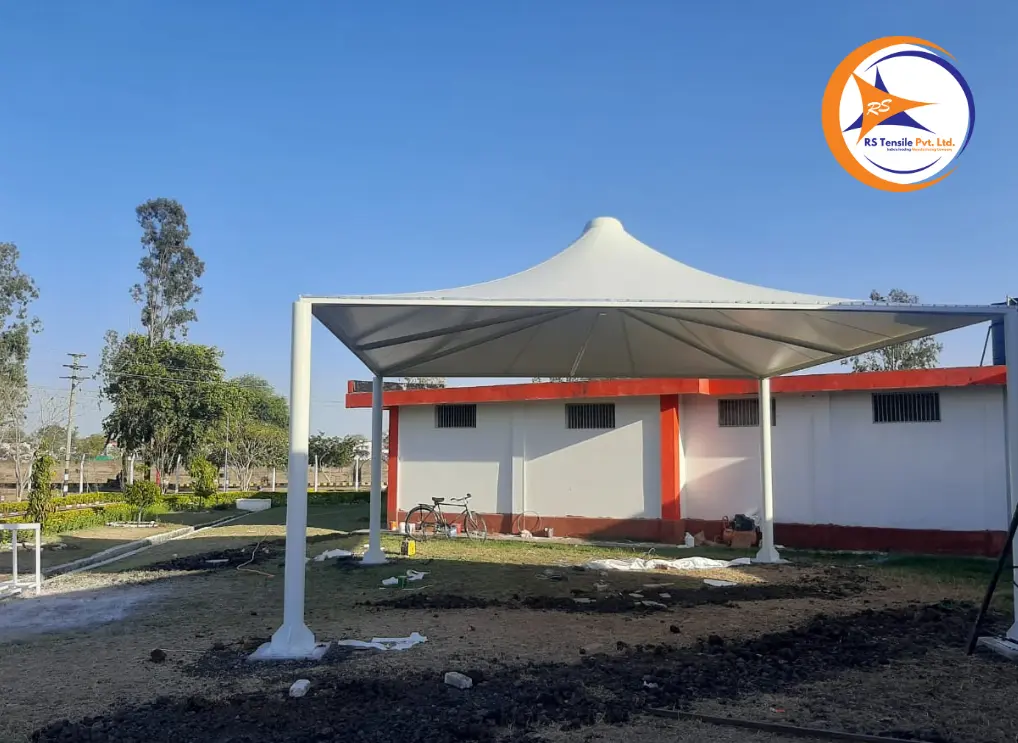
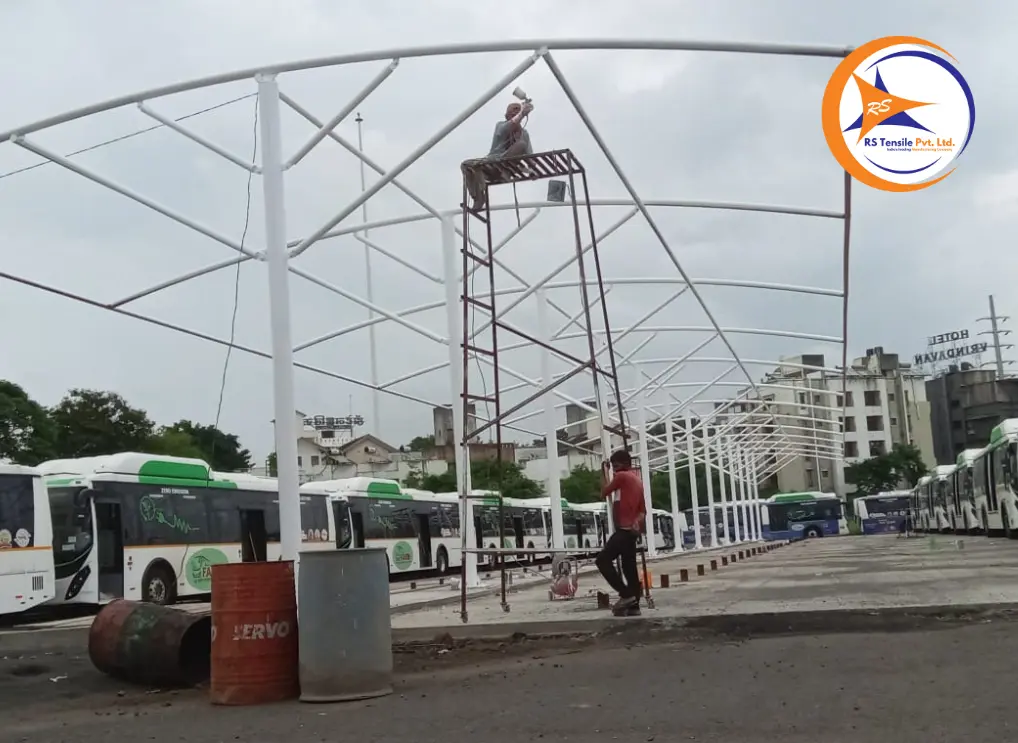
Material Comparison and Selection Guide
To help you make an informed decision, here's a comparison of the key tensile membrane materials based on various parameters:
1. Durability and Lifespan
PTFE-coated fiberglass offers the longest lifespan (25-30 years), followed by ETFE (20-25 years), PVC-coated polyester (10-15 years), and HDPE (8-12 years). For permanent structures where longevity is a priority, PTFE or ETFE are the preferred choices.
2. Cost Considerations
HDPE is typically the most economical option, followed by PVC-coated polyester, ETFE, and PTFE-coated fiberglass as the premium choice. However, when considering lifecycle costs including maintenance, PTFE and ETFE often prove more cost-effective for permanent installations.
3. Aesthetic Versatility
PVC-coated polyester offers the widest range of color options, making it ideal for projects where color matching or branding is important. ETFE provides excellent translucency and can be printed with patterns, while PTFE offers a distinctive off-white appearance that develops a patina over time.
4. Environmental Impact
ETFE and HDPE are the most environmentally friendly options, with ETFE being 100% recyclable and HDPE often containing recycled content. PTFE-coated fiberglass is inert and non-toxic but not biodegradable, while PVC-coated polyester has a higher environmental impact due to the chlorine content in PVC.
5. Maintenance Requirements
PTFE-coated fiberglass and ETFE require minimal maintenance due to their self-cleaning properties. PVC-coated polyester requires periodic cleaning and may need recoating after several years. HDPE is relatively low maintenance but may require occasional cleaning to maintain its appearance.
Emerging Materials and Future Trends
The field of tensile membrane materials continues to evolve, with several exciting developments on the horizon:
1. Photovoltaic-Integrated Membranes
Researchers are developing membranes with integrated photovoltaic cells that can generate electricity while providing shade and shelter. These materials represent the future of sustainable tensile architecture, combining functionality with energy generation.
2. Smart Materials
Materials that can change their properties in response to environmental conditions are being developed for tensile applications. These include membranes that can adjust their translucency based on sunlight intensity or change color in response to temperature variations.
3. Bio-Based Materials
As sustainability becomes increasingly important, researchers are exploring bio-based alternatives to traditional membrane materials. These include materials derived from renewable resources that offer similar performance characteristics to conventional options.
4. Enhanced Performance Coatings
New coating technologies are being developed to enhance the performance of existing membrane materials. These include advanced anti-soil coatings, improved fire retardants, and coatings that can capture pollutants from the air.
Conclusion: Selecting the Right Material for Your Project
The selection of the appropriate membrane material is a critical decision that impacts the performance, aesthetics, and longevity of your membrane materials and can provide expert guidance to help you make the best choice for your project. Our team considers all relevant factors to recommend materials that meet your functional requirements while achieving your aesthetic vision.
Whether you're planning a temporary event structure, a commercial car parking solution, or an iconic architectural landmark, understanding the properties and applications of different membrane materials will help ensure the success of your project. By partnering with experienced professionals like Shiwa Tensile, you can be confident that your tensile structure will not only meet but exceed your expectations in terms of performance, durability, and visual appeal.
All Blog Posts
-
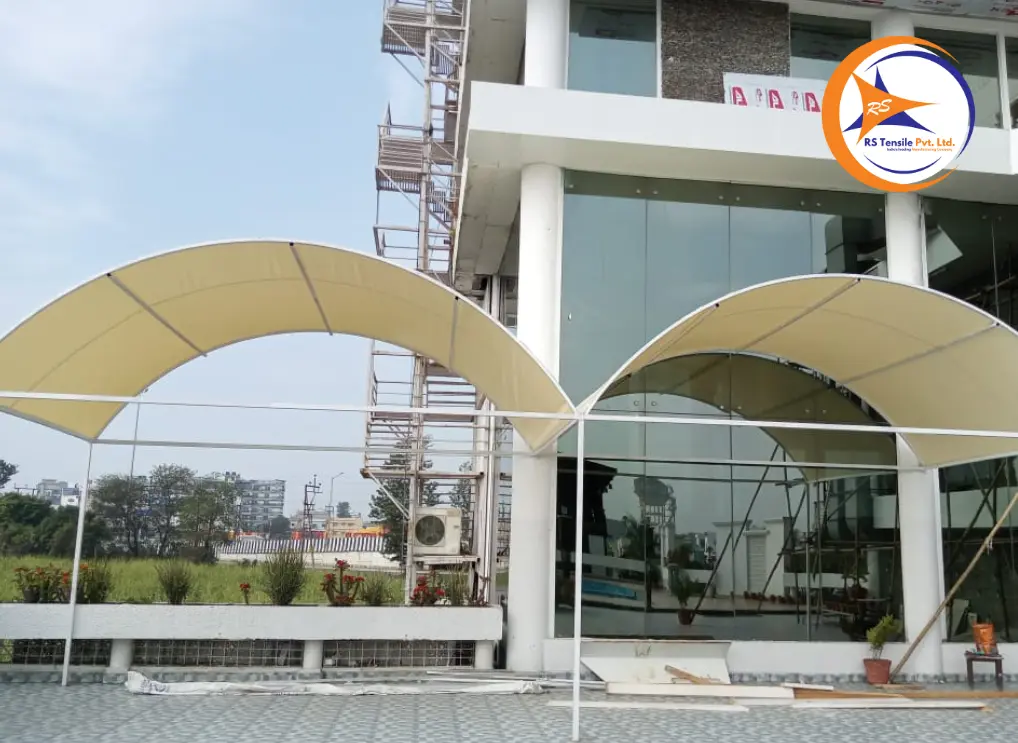
-
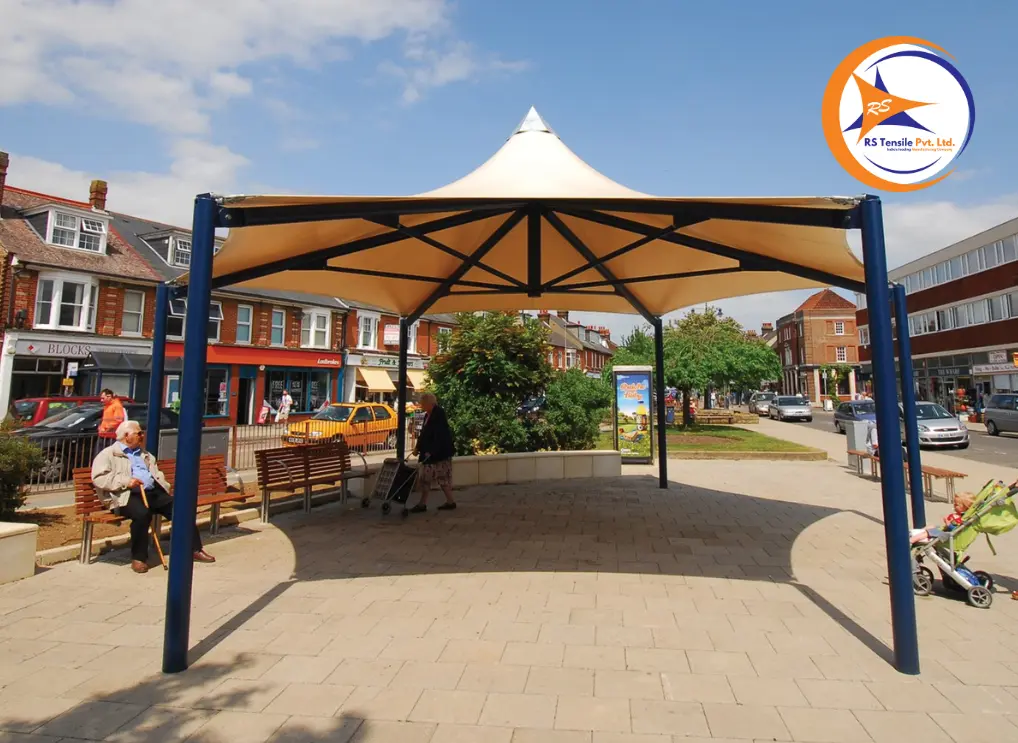
Tensile Structure Best Price in Delhi
Jul 28, 2025 -
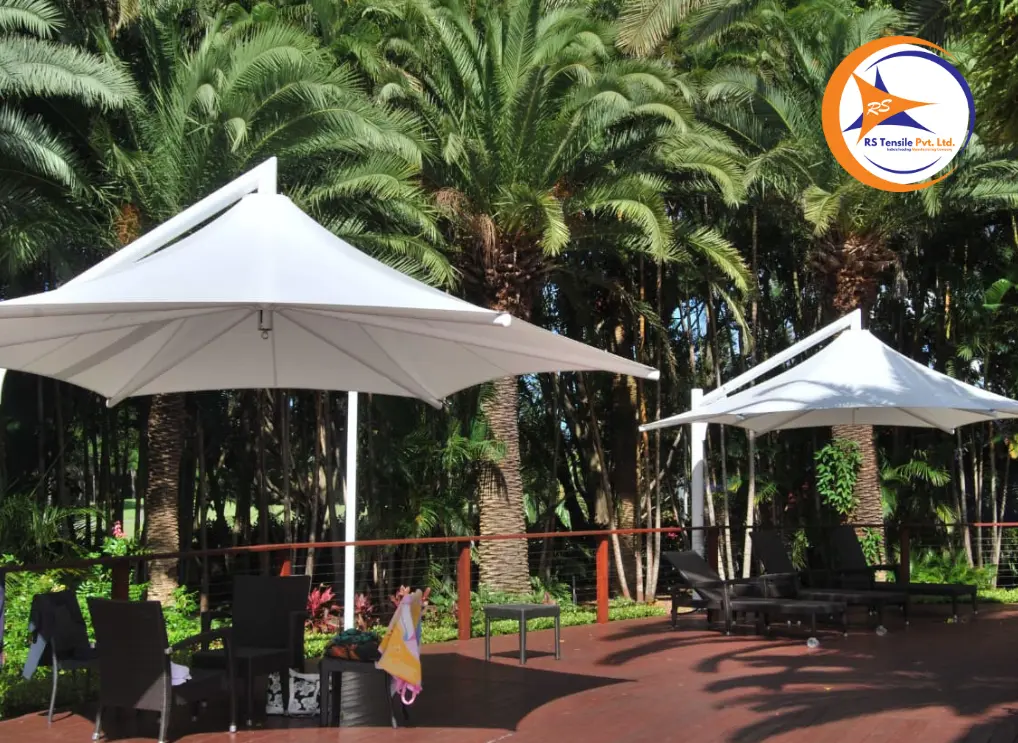
Tensile Structure Manufacturer in India
Jul 10, 2025 -
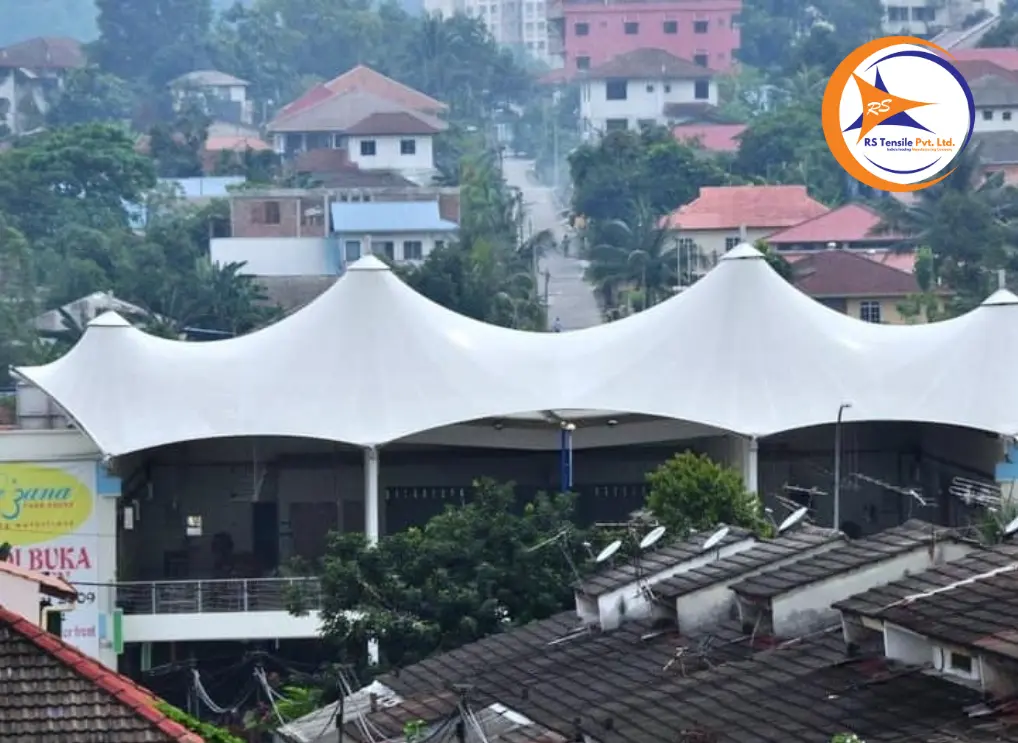
What is Tensile Structure
Jun 25, 2025 -
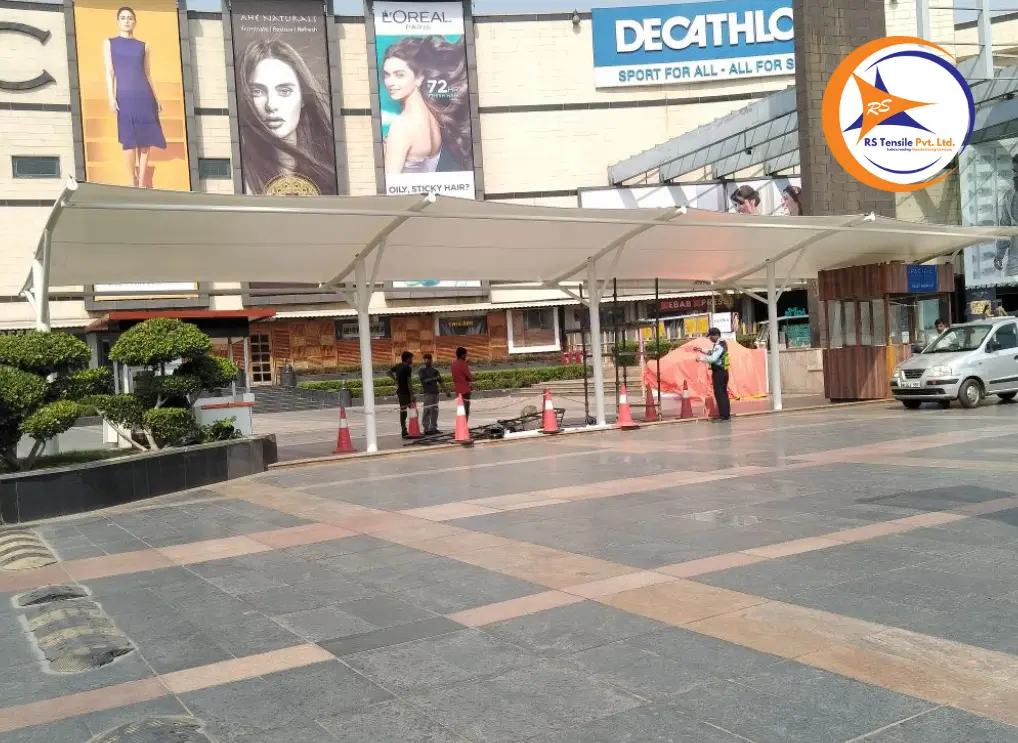
Tensile Structure Companies in Uttar Pradesh
Jun 15, 2025 -
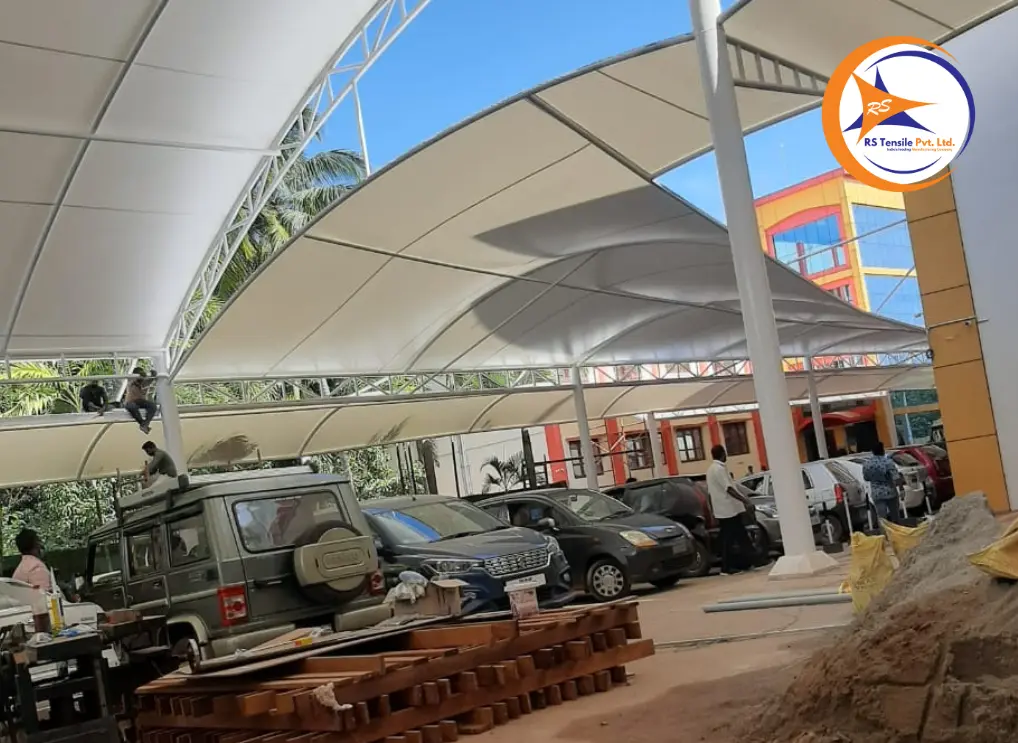
Tensile Car Parking Structure Manufacturer
Jun 05, 2025 -
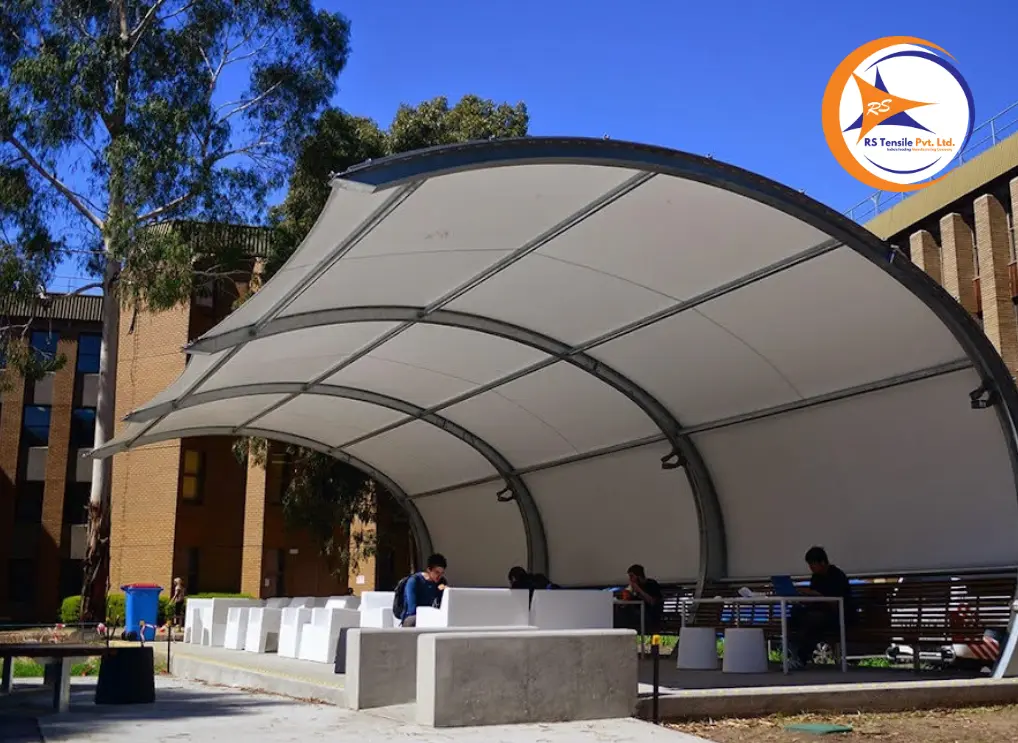
Modern Tensile Structure Design Trends in India
May 20, 2025 -

Tensile Gazebo Structure Applications
May 01, 2025 -

Tensile Membrane Structure Materials
Apr 20, 2025 -
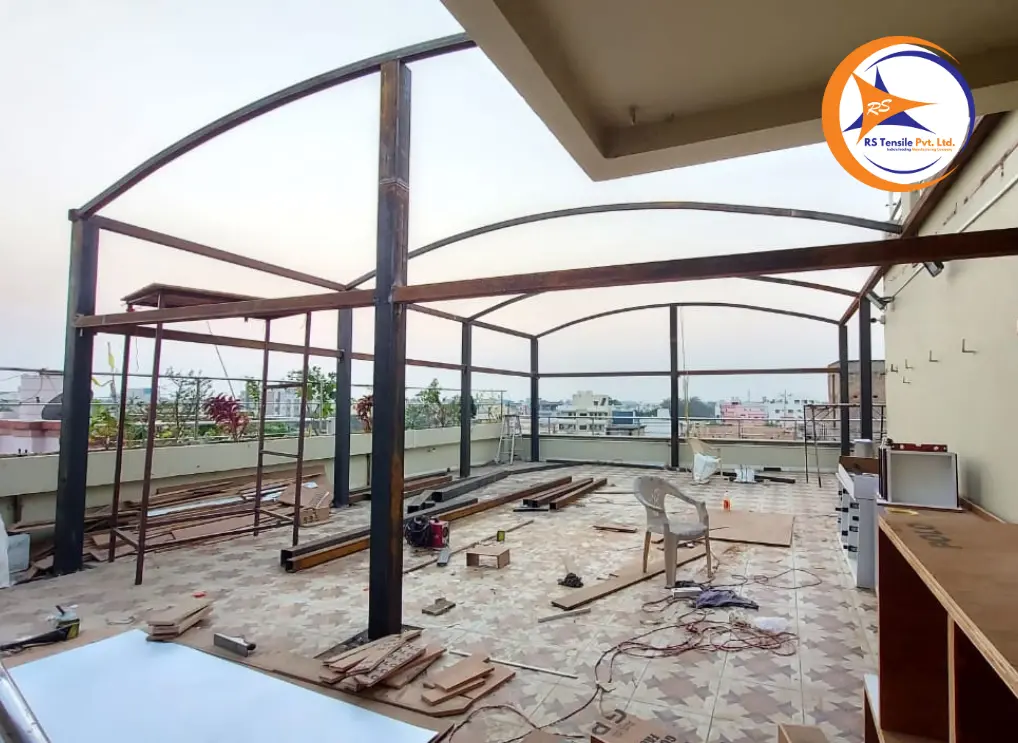
Tensile Structure Maintenance Guide
Apr 10, 2025 -

Tensile Structure Installation Process
Apr 01, 2025
Submit Your Enquiry
RS Tensile Support
Online now




